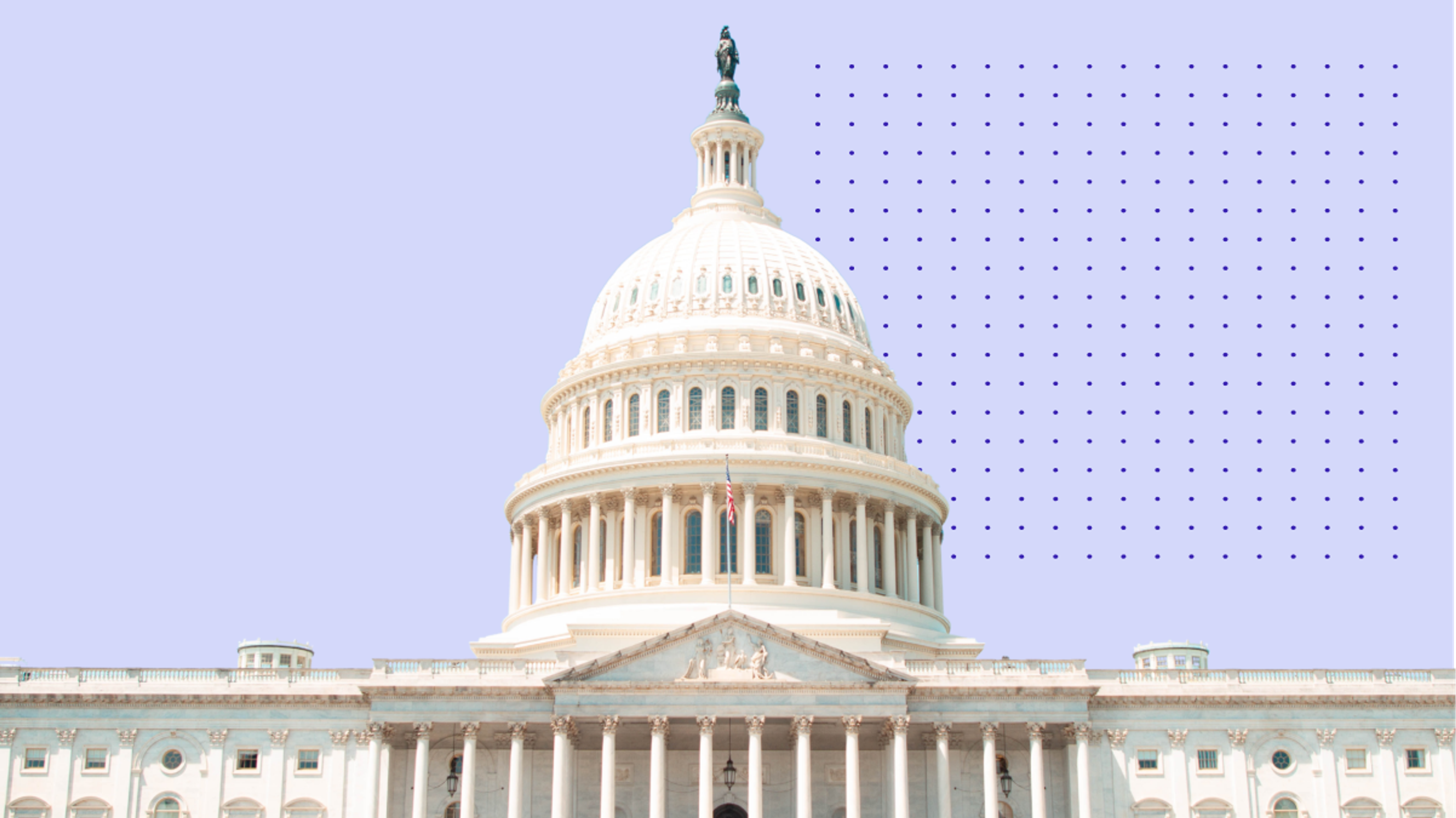New Kid on the Block: SECURE Act 2.0 Can Provide Added Benefits for Businesses and Their Employees

The SECURE Act passed in December 2019, brought a number of significant tax credits and other retirement benefits to businesses and their participating employees. Less than two years later, there’s a new kid on the block. The Securing a Strong Retirement Act of 2021, unofficially dubbed “SECURE Act 2.0”, was unanimously approved by the House Ways and Means Committee in early May. Given bipartisan support, it’s expected to pass by early next year, if not sooner.
SECURE Act 2.0 brings with it a number of benefits to make offering and engaging with a retirement plan even easier. Here are some ways in which employers and employees can expect to benefit.
Employer Benefits
- Tax credits. For employers with up to 50 employees, SECURE Act 2.0 would increase the 401(k) start-up credit to cover 100% of administrative costs for the plan's first three years. A similar credit would apply to companies with 51 to 100 employees, but it would phase out over time. Additionally, the Act incentivizes companies to make direct employee contributions by offsetting up to $1,000 for each participating employee.
- Auto-enrollment. By 2025, companies offering 401(k), 403(b), and SIMPLE plans will be required to automatically enroll all eligible employees at a minimum of 3%. These plans would then auto-escalate by 1% each year to at least 10% (but no more than 15%). Employees can opt out at any time, and businesses with less than 10 employees, businesses operating for less than three years, and churches and government agencies are exempt.
- CITs + 403(b)s. If passed, 403(b) plans will be allowed to invest in collective investment trusts (CITs), which have only been available to certain qualified retirement plans to date.
- MEPs + 403(b)s. Pooled employer plans (PEPs) and open multiple employer plans (MEPs) would be able to allow unrelated public education and other non-profit employers to join a single plan.
- Simpler administrative requirements. The bill eases some compliance testing requirements and allows plans to more easily self-correct some types of operational errors. It also relaxes the time companies have to adopt certain plan amendments.
- Added incentives. While employers have previously been prohibited from offering any financial incentives (other than matching) to encourage participation, the new provision will allow for more creative ways to inspire engagement.
Employee Benefits
- Part-time employees. The bill requires employers to allow employees who work at least 500 or more hours for three consecutive years to participate in their company retirement plan.
- Required Minimum Distributions (RMDs). With more Americans delaying retirement, the SECURE Act postponed the age at which savers must begin taking distributions from 70 ½ to 72. This new legislation would push the age even further, gradually increasing to 75. It also allows employees to fulfill their RMD requirements through a fixed annuity with specific features.
- Enhanced catch-up contributions. The bill allows for additional catch-up contributions of up to $10,000 for 401(k) and 403(b)s and $5,000 for SIMPLE plans for those between 62 and 64 years of age.
- Family attribution rule changes. SECURE Act 2.0 helps modernize the family attribution rules so that women business owners are no longer penalized if they live in a community property state or have minor children. The bill eliminates attribution for spouses with separate and unrelated businesses who reside in community property states and between parents with unrelated and separate businesses who have minor children.
- Student loan payments. There’s often been concern that student debt can get in the way of saving for retirement. SECURE Act 2.0 will allow employers to make matching contributions to an employee's retirement plan based on that employee’s student loan payments.
- More ways to Roth. The new legislation would allow for SIMPLE and SEP IRAs to accept Roth contributions. Additionally, 401(k), 403(b), and 457(b) plans would be able to accept matching contributions on a Roth basis.
While the provisions of the legislation are subject to change as it moves through the legislative process, it sets the right tone to know that retirement is a top-of-mind priority across bipartisan lines. As we continue to monitor the progress of the Act, we encourage everyone to maintain an open dialogue with their recordkeeper and/or financial advisor.